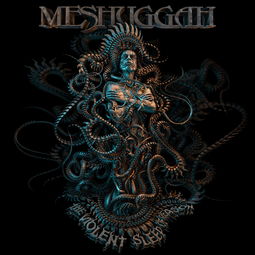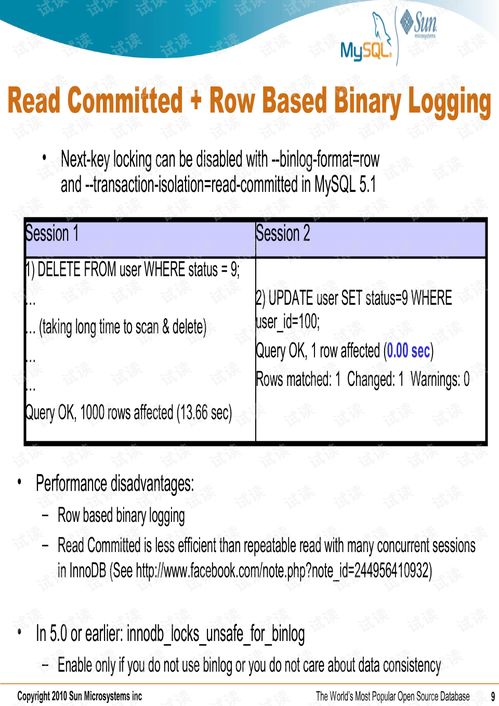
Content:
Introduction: Fishing for river perch in reservoirs can be an exhilarating and rewarding experience. These highly sought-after fish are known for their delicious taste and challenging fight. Whether you are a seasoned angler or a beginner, mastering the art of catching river perch in reservoirs requires a combination of knowledge, skill, and patience. In this article, we will delve into the top techniques and tips to help you become a proficient river perch angler.
Understanding River Perch Behavior: Before you cast your line, it is crucial to understand the behavior of river perch in reservoirs. These fish are typically found in areas with a moderate current, such as near the edges of the reservoir, around submerged rocks, and in the shade of overhanging trees. They are bottom feeders and often inhabit deeper waters during the warmer months. By understanding their habits, you can choose the best spots and techniques to increase your chances of success.
Selecting the Right Equipment: To catch river perch in reservoirs, you will need the following equipment:
- Rod and Reel: A medium-light to light-action rod with a spinning reel is ideal for river perch. The rod should be between 6 to 7 feet long to provide the necessary sensitivity and casting distance.
- Line: Use a monofilament line with a breaking strength of 6 to 8 pounds. This line is strong enough to handle the fight but light enough to allow the perch to bite naturally.
- Lures and Baits: River perch are attracted to a variety of lures and baits, including spinners, jigs, live bait, and artificial worms. Experiment with different options to see what works best in your specific reservoir.
Choosing the Right Bait: The choice of bait can significantly impact your success in catching river perch. Here are some popular options:
- Live Bait: Small fish like minnows, shad, or nightcrawlers are highly effective for river perch. These baits mimic the natural prey of the perch and often trigger strikes.
- Artificial Lures: Spinners, jigs, and soft plastics are popular artificial lures for river perch. Choose lures that resemble small fish or invertebrates, as these are the natural prey of river perch.
- Artificial Worms: Soft plastic worms are versatile and can be used in various techniques. They are especially effective in murky water or when perch are less active.
Effective Fishing Techniques: Here are some proven techniques to increase your chances of catching river perch in reservoirs:
- Cast and Retrieve: Cast your lure or bait out and retrieve it slowly, allowing it to sink to the desired depth. This technique is effective for triggering strikes from inactive perch.
- Trolling: Trolling can be an effective method for covering a larger area and locating active perch. Use a downrigger or drift boat to control your speed and depth.
- Still Fishing: If you find a productive spot, you can try still fishing by casting your lure or bait and leaving it to sit in one place. This technique requires patience but can yield impressive results.
- Jigging: Jigging involves moving your lure in short, upward strokes to mimic the natural movement of small fish. This technique can be particularly effective in areas with structure or in murky water.
Patience and Adaptation: Catching river perch in reservoirs requires patience and adaptability. Conditions can change rapidly, and it is essential to be prepared to change your approach. If you are not having success, try different techniques, baits, or locations. Remember that the key to success is persistence and a willingness to learn from each experience.
Conclusion: Fishing for river perch in reservoirs can be a thrilling and satisfying pursuit. By understanding the behavior of these fish, selecting the right equipment and bait, and employing effective fishing techniques, you can increase your chances of landing a catch. Remember to be patient, adaptable, and always respect the natural environment. Happy fishing!












